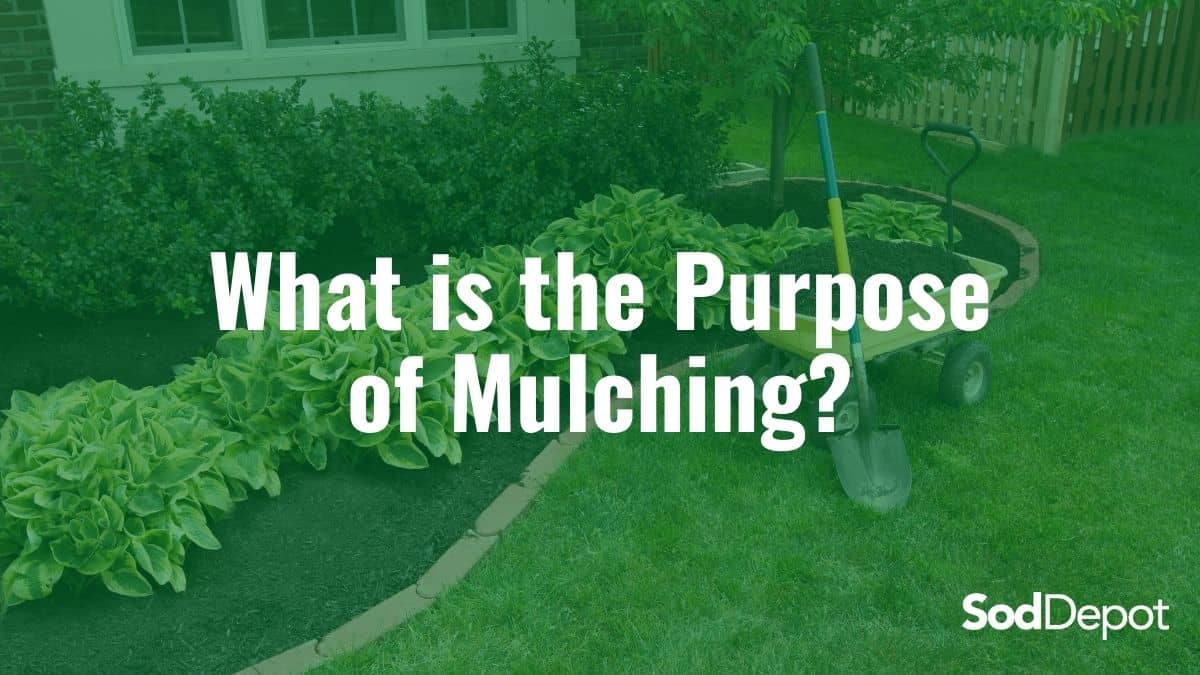The Single Strategy To Use For Hilton Head Landscapes
The Single Strategy To Use For Hilton Head Landscapes
Blog Article
Our Hilton Head Landscapes Ideas
Table of ContentsThe Basic Principles Of Hilton Head Landscapes Hilton Head Landscapes for DummiesGetting The Hilton Head Landscapes To WorkNot known Facts About Hilton Head LandscapesThe 6-Second Trick For Hilton Head LandscapesThe Greatest Guide To Hilton Head LandscapesHilton Head Landscapes Can Be Fun For Anyone
Line creates all forms and patterns and can be made use of in a variety of means in the landscape. Line in the landscape is produced by the edge between 2 materials, the outline or silhouette of a form, or a lengthy linear attribute. Lines are an effective device for the designer because they can be made use of to create a boundless range of forms and kinds, and they regulate activity of the eye and the body.

Lines in the landscape. The homes of lines identify exactly how individuals react to the landscape, both psychologically and physically.
Everything about Hilton Head Landscapes
Straight lines are most commonly discovered in hardscape sides and material. Rounded lines create an informal, all-natural, loosened up personality that is associated a lot more with nature and unbalanced balance. Rounded lines relocate the eye at a slower speed and add mystery to the space by creating surprise views. Upright lines move the eye up, making a space feel bigger.
Vertical lines in the landscape consist of tall, slim plant material, such as trees, or high structures, such as an arbor or a bird house on a pole. Straight lines relocate the eye along the ground aircraft and can make a room feel larger. Reduced lines are extra suppressed and develop a feeling of remainder or repose.
More About Hilton Head Landscapes
Reduced lines are created by low yard walls, walkways, and brief bushes. Lines are made use of to draw types on a strategy. In plan sight, they specify plant beds and hardscape areas. Lines are also created by the upright forms of constructed features and plant product. There are three key line kinds that develop form in the landscape: bedlines, hardscape lines, and plant lines.
Bedlines attach plant product to your home and hardscape because the eye follows the line, moving the stare through the landscape. Hardscape lines are developed by the side of the hardscape, which defines the built framework. Line can likewise be developed by lengthy and narrow materials, such as a fencing or wall surface.
The Greatest Guide To Hilton Head Landscapes
Type is located in both hardscape and plants, and it is commonly the dominant visual element that spatially arranges the landscape and usually figures out the design of the garden. The kind of frameworks, plant beds, and garden accessories also determines the overall form motif of the yard. Formal, geometric kinds consist of circles, squares, and polygons.
Plants produce type in the garden via their describes or silhouettes, but kind can additionally be defined by a void or negative space in between plants - bluffton landscaping (https://www.artstation.com/stevengonzales53/profile). Circles can be cycles, or they can be divided right into half circles or circle sectors and combined with lines to produce arcs and tangents
Examine This Report about Hilton Head Landscapes
Circles are a strong style form since the eye is always attracted to the facility, which can be used to emphasize a focal factor or attach various other types. Circular types in hardscape and grass panels.
The square form can likewise be segmented and secondhand repetitively to create a grid pattern. Unlike circles, squares are stronger on the brink, which can be aligned or overlapped to produce one-of-a-kind patterns and more intricate forms. Polygons are many-sided types with straight sides. Triangulars, for instance, are three-sided polygons.
Meandering lines often mimic the all-natural training course of rivers or streams and can be referred to as smooth lines with deeply curved wavinesses. Meandering lines (Number 3) work well for pathways, plant bedlines, and completely dry stream beds. Twisting lines can include passion and mystery to a garden by leading viewers around edges to uncover new views and areas.
Facts About Hilton Head Landscapes Uncovered

Figure 5. Fragmented sides: tipping rocks in pathway. Form is the most enduring quality of a plant (bluffton landscaping). https://h1tnhdlndscps.creator-spring.com. Usual plant types are well established and standard, as kind is the most regular and identifiable feature of plants. Kind can also be developed through the massing of plants, where the total mass creates a different form than a click to find out more private plant.
An extremely contrasting form must be used with careone or two job well as a prime focus, yet a lot of wreak havoc. All-natural plant forms, as opposed to over-trimmed kinds, need to develop the bulk of the make-up. The significance of total kind is basically dependent on the watching perspectivethe form of a tree can appear quite various to a person standing under the canopy versus checking out the tree from a range in an open area.
The Facts About Hilton Head Landscapes Uncovered
Plant kinds additionally produce and define deep space or open spaces in between the plants, producing either convex or scooped types in the voids. High-arching tree branches usually develop a concave open area under the branches, and a rounded canopy with reduced branches fills up the space to produce a convex type outdoors area under the tree.

Report this page